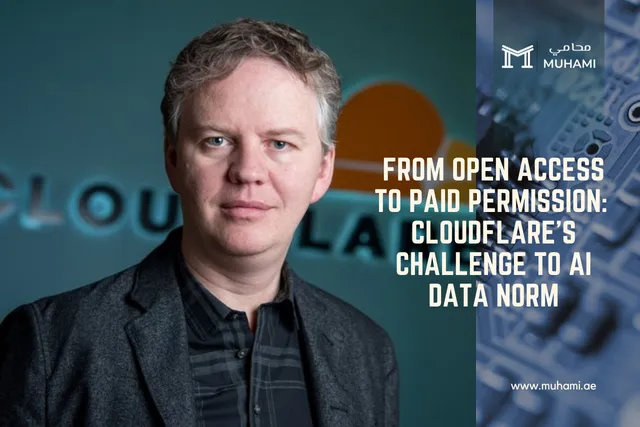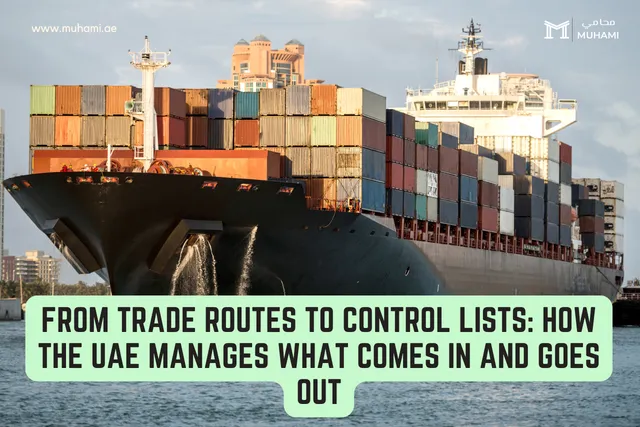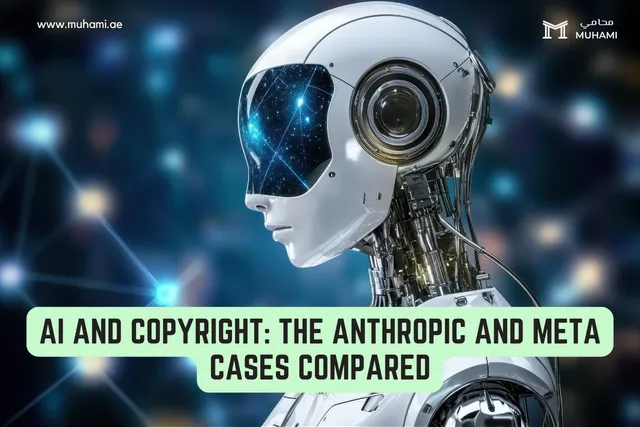From Open Access to Paid Permission: Cloudflare’s Challenge to AI Data Norm

On 1st July, 2025, Cloudflare, a network services and cybersecurity company announced a pay-per-crawl tool that blocks AI crawling on websites by default while allowing site owners to set micropayment rates for authorized access.
This development could reshape the economic relationship between content publishers and AI companies as traditional web traffic models face mounting pressure from automated data collection.
END OF THE TRAFFIC-FOR-CONTENT BARGAIN
When Google launched, it convinced creators to host content by promising internet traffic in return. This traffic allowed publishers to generate revenue through advertisements, subscriptions and recognition. For decades, this relationship defined web interactions.
AI has broken this model. Website traffic has dropped dramatically, with the ratio of crawls to visitors referred back to sites falling from 6:1 to 18:1 in just a few months. Google's crawler was found scraping websites 14 times per referral. OpenAI and Anthropic's crawlers scraped websites 1,700 times and 73,000 times per referral respectively.
This led writers, artists, musicians and actors to accuse AI developers of training systems on their work without permission or payment. BBC recently threatened action against Perplexity for unauthorized use of its content. Cloudflare reports show AI bots now account for nearly 30% of global web traffic, sometimes exceeding human traffic.
ENTER THE GATEKEEPER
While others debated regulatory measures, Cloudflare announced a tool that blocks AI crawling on websites by default. Cloudflare's infrastructure carries roughly 20% of internet traffic, giving the company significant leverage.
Cloudflare's Chief Strategy Officer said the tool returns control over content access to publishers and creates a sustainable ecosystem for both publishers and AI companies. The tool enables website owners to allow AI crawling on their sites in exchange for micropayments per crawl.
Major publishers including Conde Nast, TIME and The Associated Press have signed with Cloudflare to restrict bot access, implementing a "permission-based approach to crawling."
THE MECHANICS OF PAY-PER-CRAWL
Newly registered Cloudflare domains block AI crawlers by default. Site owners must opt in to allow specific crawler access. Publishers can set their own per-crawl rates, choosing free access, charging a set fee, or blocking crawlers entirely.
AI crawlers must identify themselves with cryptographic keys and register with Cloudflare, verifying bot identity and purpose. Unauthorized crawlers receive an HTTP 402 "Payment Required" status or get blocked until they comply.
When approved crawlers access content, Cloudflare automatically handles micropayments, deducting fees from crawler accounts and crediting publishers without complex contracts. Crawlers must disclose their intent (training, inference) to help publishers make informed decisions.
Pay-Per-Crawl works with existing web security tools and bot management systems, enforcing publisher rules after traditional protections. Cloudflare also introduced AI Labyrinth, an opt-in tool that deploys realistic AI-generated websites to confuse unauthorized bots, wasting their time and computational resources.
RESHAPING THE POWER BALANCE
Cloudflare's Pay-Per-Crawl shifts web content control from a binary open/block model to consent and compensation-based infrastructure. As AI crawlers read and repurpose content without sending users back to original sites, organic traffic, ad revenue, and publisher sustainability have declined sharply.
The tool allows publishers of all sizes to monetize digital content fairly while enabling AI companies to access data legally and transparently. This approach could be foundational for "agentic paywalls" and redefining data access norms. Cloudflare seeks to create an "agentic" future where AI agents negotiate and budget payments for content access.
LOOKING AHEAD
As AI search and content summarization reshape online discovery, this tool signals a new business model where AI companies compete for quality data access rights, and publishers regain influence over search traffic and revenue.
Cloudflare's Pay-Per-Crawl represents a shift in how web content is accessed, protected, and monetized in the AI era. By enabling fair pricing, bot verification, and automated micropayments, it balances innovation with creator rights and encourages transparency between AI developers and publishers.
Any Questions?
Connect with lawyers and seek expert legal advice
Share
Find by Article Category
Browse articles by categories
Related Articles

From Trade Routes to Control Lists: How…
When we think of the UAE, we often picture glittering skylines, bustling free z…

From Trade Routes to Control Lists: How the UAE M…
When we think of the UAE, we often picture glitte…

Property Ownership and Inheritance in D…
Buying property in Dubai is more than a transaction; it’s a long-term com…

Property Ownership and Inheritance in Dubai: Prot…
Buying property in Dubai is more than a transacti…

AI and Copyright: The Anthropic and Met…
In August 2024, authors Andrea Bartz, Charles Graeber, and Kirk Wallace Johnson…

AI and Copyright: The Anthropic and Meta Cases Co…
In August 2024, authors Andrea Bartz, Charles Gra…
